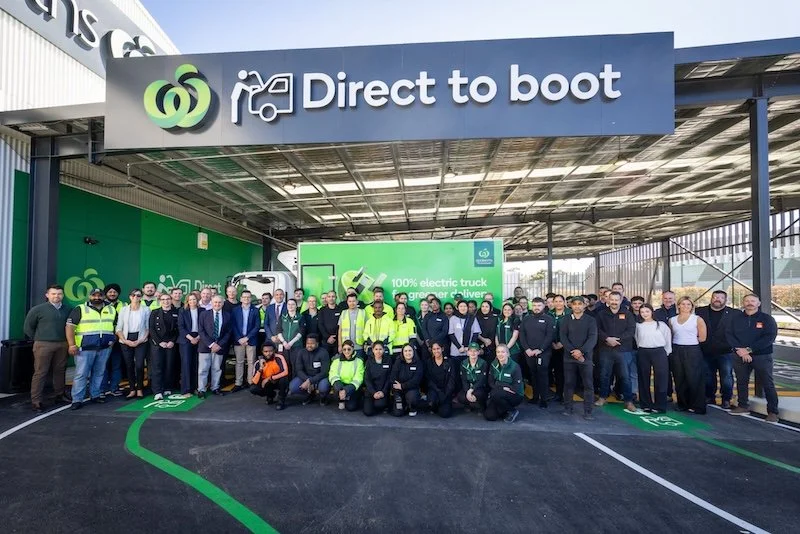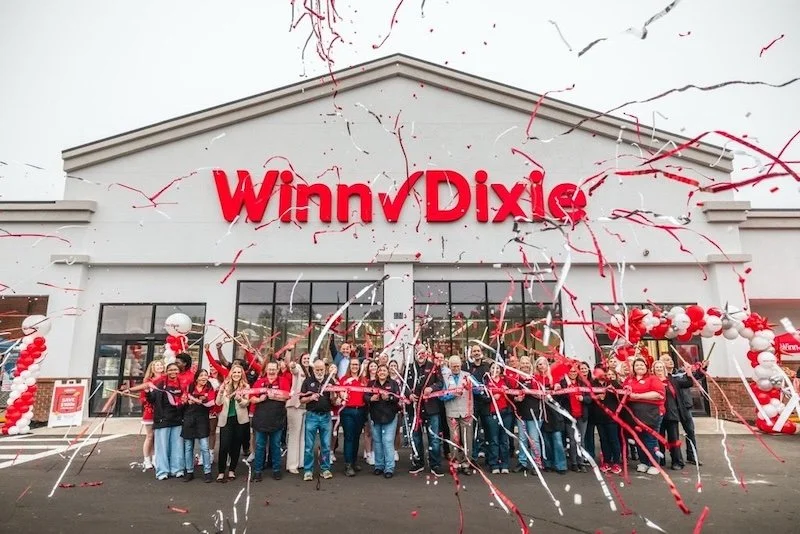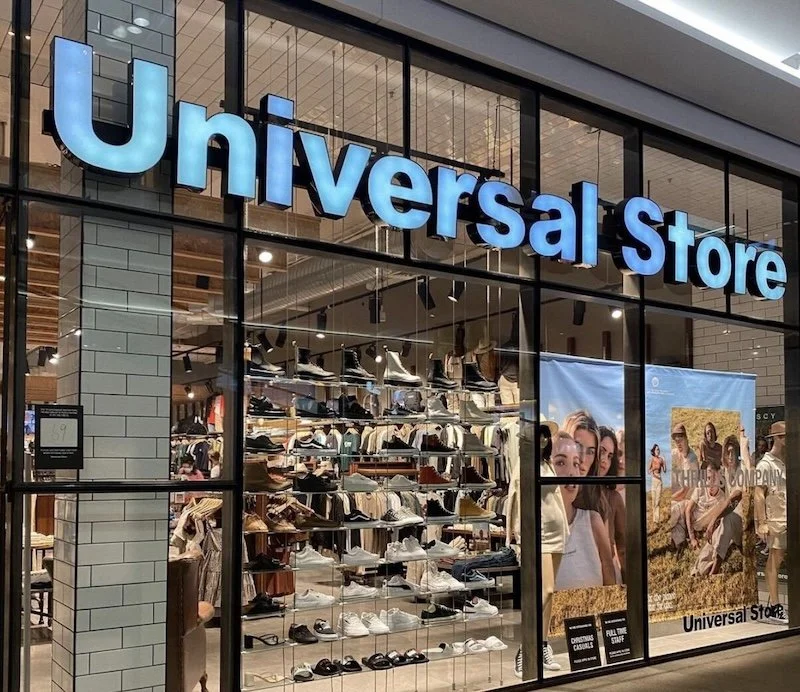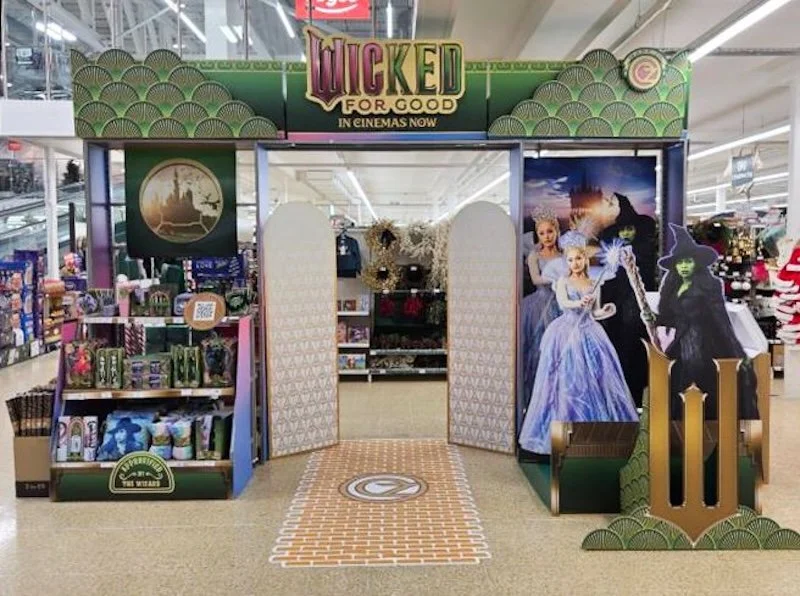A smart move by Amazon to charge delivery fees on Fresh grocery orders under $150. Here’s why
Beginning on 28th February, Amazon will start charging delivery fees on Fresh grocery orders that are under $150.
This service is only available to Amazon Prime members who pay $139 a year to participate.
In a notice to customers, the e-commerce giant said it was adding fees to some orders so that it could keep prices low.
It’s a move that has been applauded by Brittain Ladd, a supply chain consultant and former Amazon executive.
In a LinkedIn post, he observed that, on average, grocery retailers lose between $7 to $15 on every online order they fulfil. Some lose up to $25 per order.
“What company loses the most money on every order they fulfil? Amazon Fresh. Why? It lacks order density and they have what I consider to be one of the most disjointed fulfilment networks in grocery,” Ladd wrote.
“I’m not criticising Amazon. At one time, it was losing nearly $100 on every Prime order it delivered. No more. Amazon will eventually reduce its grocery fulfilment costs.”
Prior to the Covid-19 pandemic, 3% of all grocery sales were online. Analysts estimate that 15% of all grocery sales will be online in 2023.
As online sales grow, so too does the cost of fulfilling orders. Unlike other businesses, order volume doesn't decrease the cost to fulfil an online order.
Ladd wrote: “Grocery retailers continue to look for ways to reduce their fulfilment costs. It's a tough battle. When consumers shop in stores for their groceries, they are fulfilling their own order for free. When retailers fulfil online or BOPIS orders, it costs them money.”
Retailers, he added, should do one of the following:
1. Incentivise consumers to shop inside the store or to use BOPIS vs. ordering groceries online for delivery.
2. Charge a delivery fee that is equal to the cost of fulfilling and delivering an online order. No exceptions.
3. Leverage automated micro-fulfilment centres to fulfil all online orders.
Ladd concluded: “Online grocery ordering and delivery will increase especially as experience improves. Retailers must reduce their fulfilment costs.”















Continue reading…